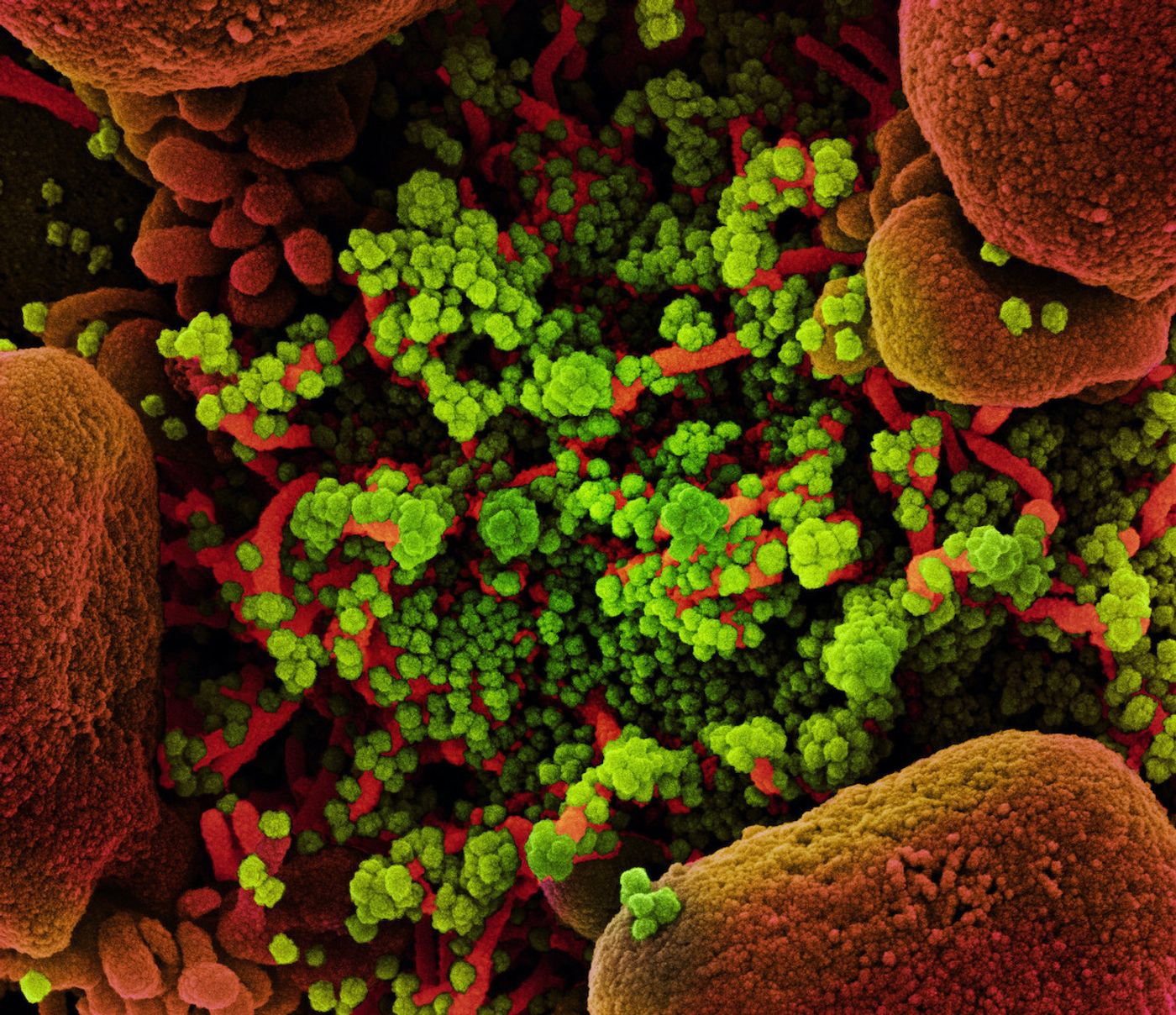Is a Venom-Like Molecule Involved in COVID-19 Mortality?
Scientists have sought to learn more about why some people get severe COVID-19 while others have only mild cases. We now know that there are multiple risk factors that may cause more serious cases, but researchers are still investigating the biological mechanisms that lead to death in COVID-19 patients. Recent work has suggested that many COVID-19 deaths are due to the failure of multiple organs and septic shock, when the body is overwhelmed by the immune response to massive infection. Though the original disease is due to infection with the SARS-CoV-2 virus, many COVID-19 patients also get bacterial infections in their lungs.
Scientists have now identified an enzyme that is normally present at low levels in the body, but was found to be very high in some COVID-19 patients. The findings, reported in the Journal of Clinical Investigation, suggested that the enzyme, called secreted phospholipase A2 group IIA, or sPLA2-IIA, could be the most critical factor in whether or not patients die from COVID-19. The sPLA2-IIA enzyme plays an important defensive role in the body against bacterial pathogens; it can destroy the cell membranes of microbes. The enzyme also has similarities to an enzyme found in rattlesnake venom.
When it circulates at high levels in the human body, activated sPLA2-IIA can attack the membranes that surround and protect vital organs, noted senior study author Floyd (Ski) Chilton, Director of the University of Arizona (UArizona) Precision Nutrition and Wellness Initiative.
The body has to strike a balance between using processes that will destroy an infection, while also leaving the host unharmed. "In other words, this enzyme is trying to kill the virus, but at a certain point it is released in such high amounts that things head in a really bad direction, destroying the patient's cell membranes and thereby contributing to multiple organ failure and death," explained Chilton, who is featured in the video below discussing this work.
The researchers analyzed thousands of different aspects of patient health, including commonly known factors like age or preexisting conditions, as well as biochemical molecules and lipid metabolite levels. Samples were obtained from two different groups of patients, one with 127 inpatients at Stony Brook Hospital, and another with 154 people attending either Stony Brook or Banner University Medical Center in Tucson
The researchers acknowledged that the sample groups are small, but the study was conducted rapidly in the clinical setting during a pandemic, and was not planned out over years like many clinical studies. The work still enabled the researchers to find patterns of metabolites in those who died of COVID-19. As they expected, they saw energy dysfunction in the cells of these patients. But they were surprised by high sPLA2-IIA enzyme levels," said lead study author Justin Snider, an assistant research professor in the UArizona Department of Nutrition.
Computational tools revealed that in healthy people, sPLA2-IIA enzyme levels are about half a nanogram per milliliter. But the sPLA2-IIA level was around ten nanograms per milliliter or more in 63 percent of COVID-19 patients who had died of the illness.
"Many patients who died from COVID-19 had some of the highest levels of this enzyme that have ever been reported," said Chilton. The enzyme is well-studied, he noted.
It has a reputation as a "shredder" because it can often be found in severe cases of inflammation, like cardiac shock or bacterial sepsis, added study co-author Charles McCall of Wake Forest University.
Since sPLA2-IIA inhibitors are available, they may be a way to reduce death in COVID-19 patients.
Now, the researchers are want to learn whether sPLA2-IIA is involved in long COVID cases.
Interestingly, researchers are also investigating whether a molecule found in jararacussu pit viper venom may be useful as a COVID-19 therapeutic, as described in the video above. The molecule stopped COVID-19 from multiplying in infected cells.
Sources: University of Arizona, Journal of Clinical Investigation









